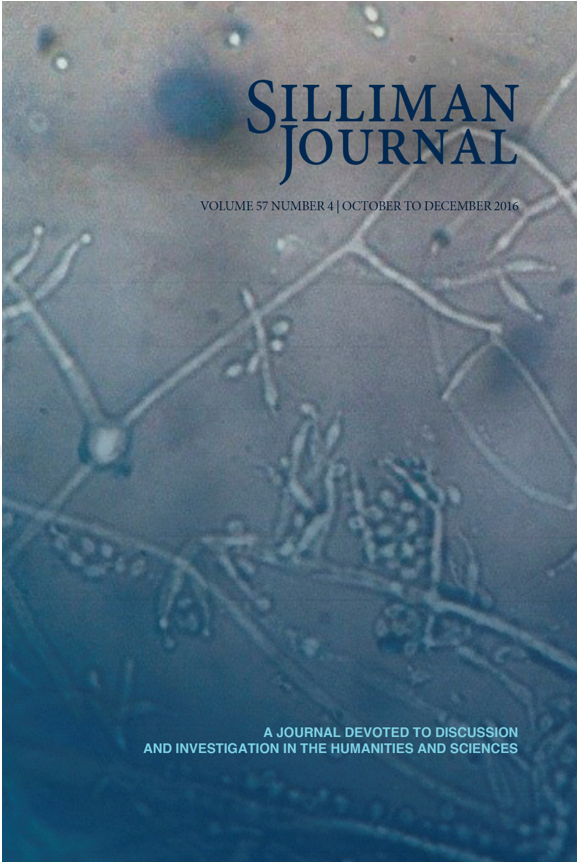Assessment of the Diversity of Animals in the Forest Ecosystems of Baler Forest Reserve and Dibut River Watershed
Keywords:
Birds, Mammals, Reptiles, Amphibians, Biodiversity, Forest Ecosystem, Baler Forest Reserve and Dibut River Watershed, IUCN Red List of Threatened SpeciesAbstract
The diversity of animals in the forested area of Baler Forest Reserve and Dibut River Watershed was assessed. The four major groups of animals such as birds, mammals, reptiles, and amphibians were observed, described, identified, and classified. Birds and volant mammals were observed through standard mist netting and either sight or sounds. On the other hand, nonvolant mammals were observed or caught by traps and searched along their possible habitat. Amphibians were caught by hands, and the reptiles were observed through sightings. A total of 40 animal species were observed in the area under 30 Families, where Families Alcedenidae, Pteropodidae, Muridae, and Ranidae are the most represented. Of the observed animals, 40 species
were identified up to genus and species level. A mammalian species Greater Musky Fruit Bat (Ptenochirus jagori) got the highest importance value index of 62.67% and biodiversity indicator value of 88%. It is also the most common and the most dominant
animal species surveyed in the forest ecosystem. Baler Forest Reserve and Dibut River Watershed exhibited low to very low diversity among animals. One species was listed as vulnerable and five species as near threatened by the IUCN Red List of Threatened Species. There were 24 native species recorded. Furthermore, there were no introduced species
recorded in Baler Forest Reserve and Dibut River Watershed. Human activities such as timber poaching posed major impact
on environmental degradation. Soil erosion, kaingin farming, mining, charcoal making, fires, and hunting posed small to moderate impacts on the area.


